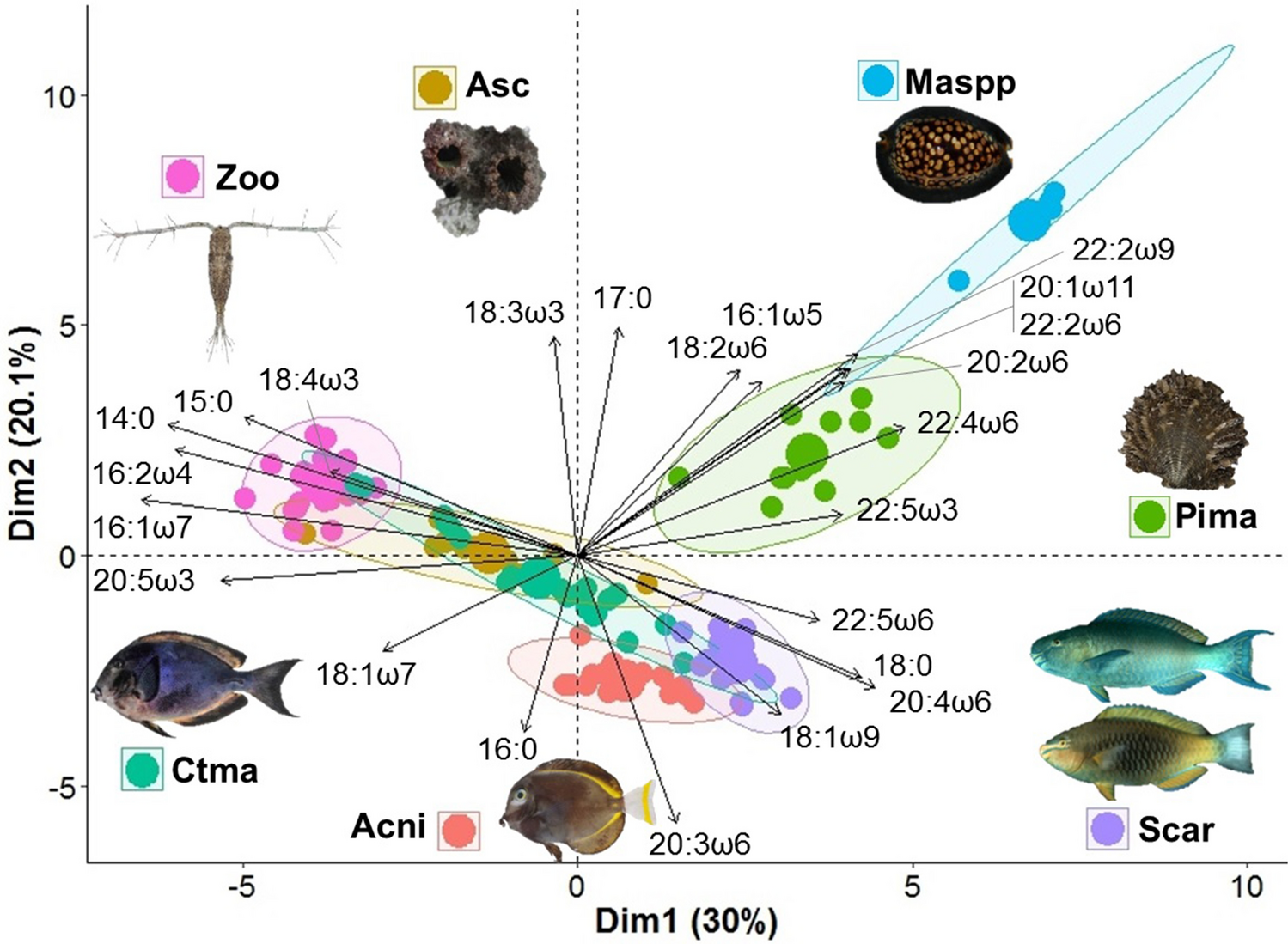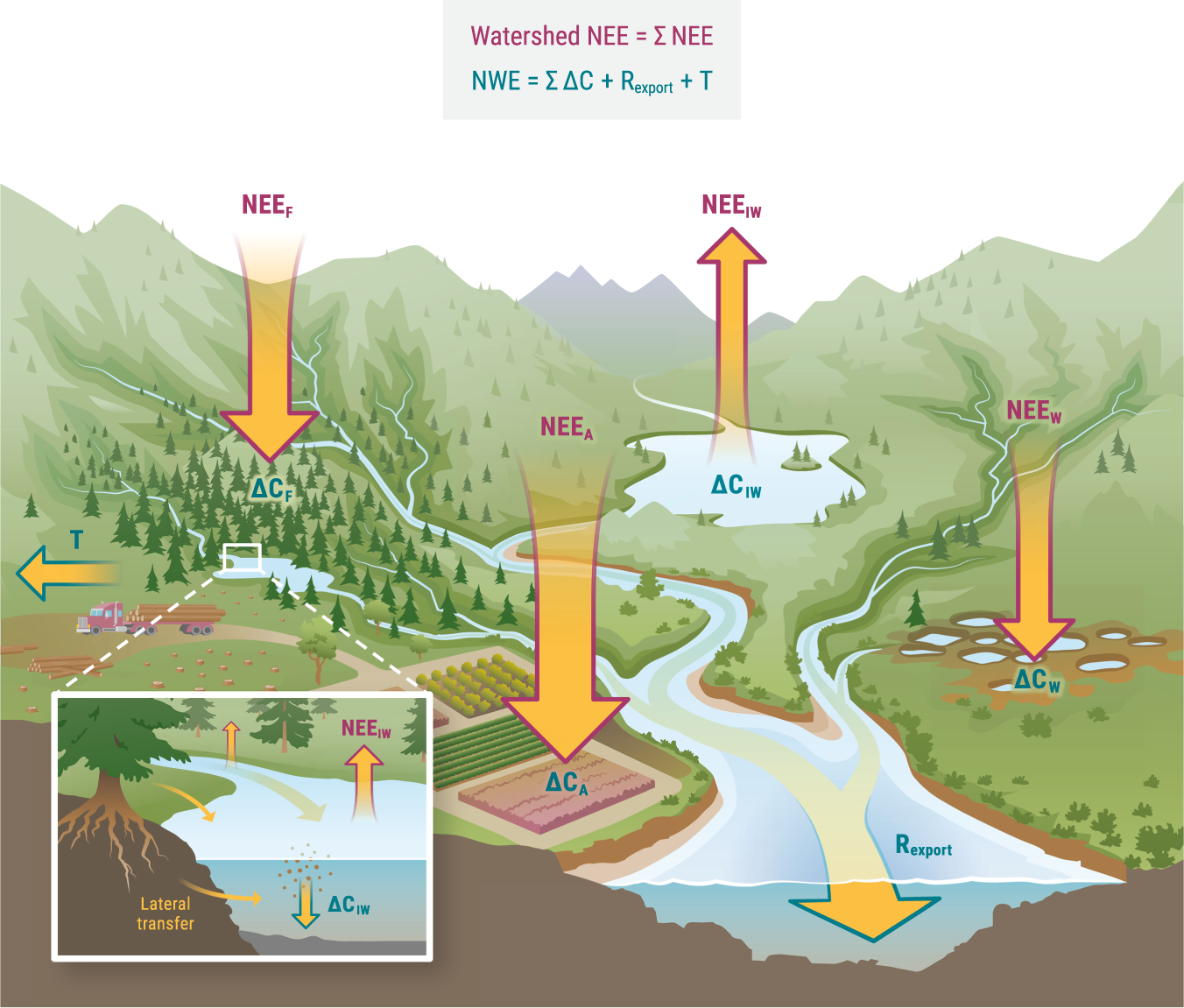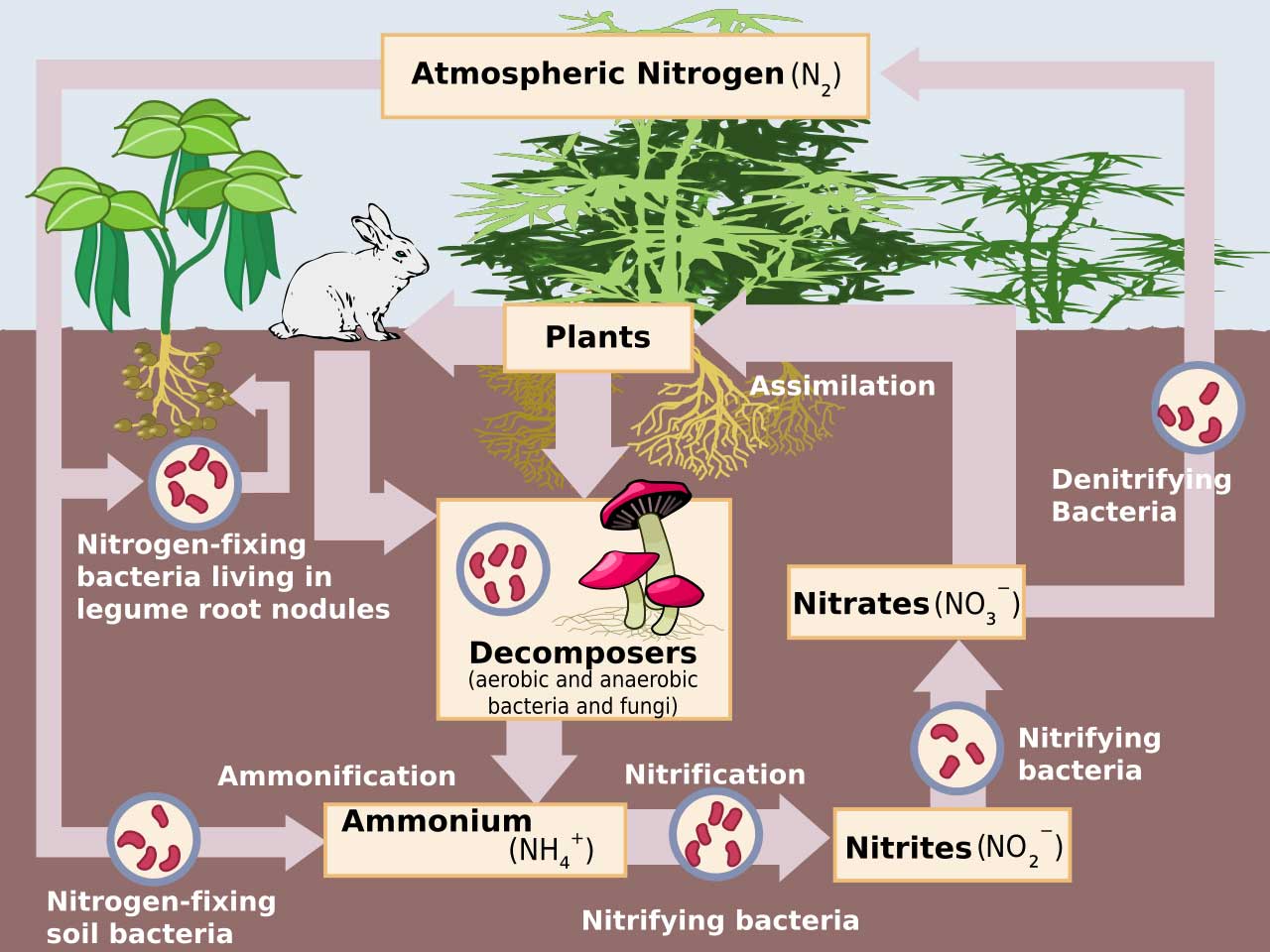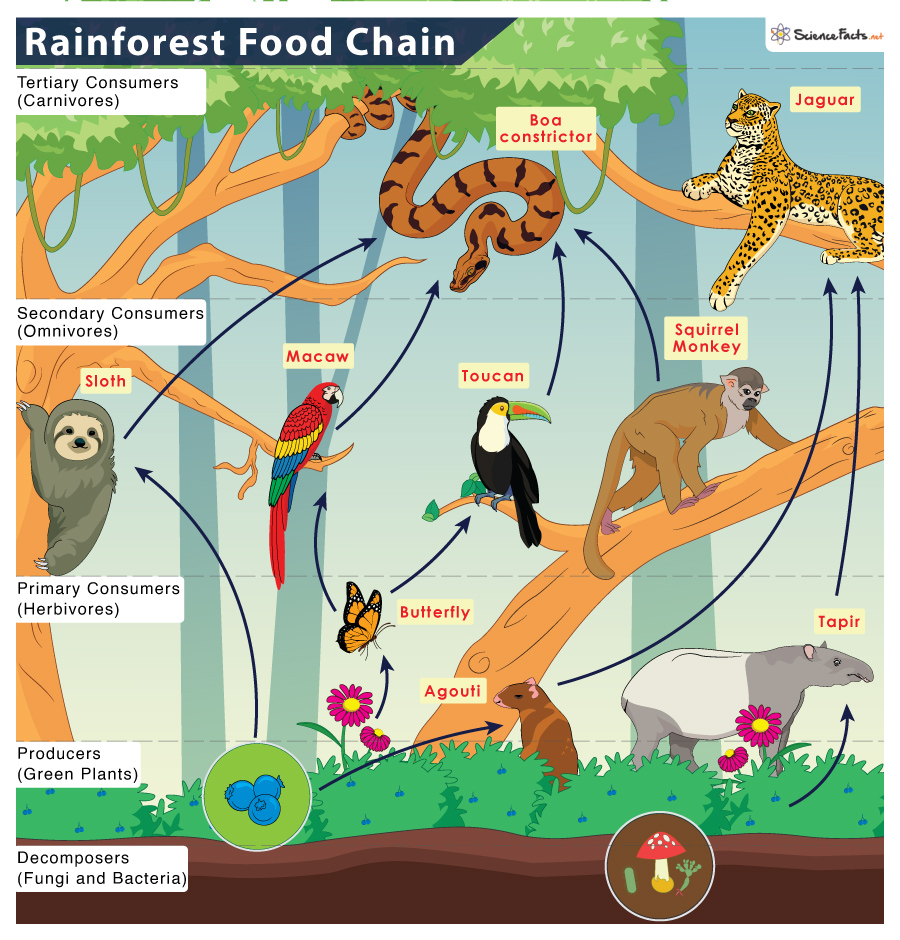Topic food web of coral reef ecosystem: Welcome to the mesmerizing world of the Coral Reef Ecosystem, where the intricate and vibrant food web sustains life beneath the waves. Dive into the depths of this fascinating ecosystem as we explore its producers, consumers, decomposers, and the critical conservation efforts needed to protect these underwater wonders.
Table of Content
- How does the food web contribute to the safeguarding of the coral reef ecosystem?
- Understanding the Coral Reef Ecosystem
- Producers: The Foundation of the Food Web
- Primary Consumers: Herbivores of the Coral Reef
- Secondary and Tertiary Consumers: Predators within the Ecosystem
- Decomposers and Detritivores: Recycling Nutrients
- Threats to the Coral Reef Food Web and Conservation Efforts
- YOUTUBE: Coral Reef Food Web
- Human Impacts and the Future of Coral Reefs
- Case Studies: Coral Reefs Around the World
How does the food web contribute to the safeguarding of the coral reef ecosystem?
The food web plays a crucial role in safeguarding the coral reef ecosystem. It helps maintain a delicate balance between species, ensuring the overall health and stability of the reef. Here\'s how the food web contributes to the safeguarding of the coral reef ecosystem:
- Energy flow: The food web in a coral reef ecosystem illustrates the transfer of energy from one organism to another. Primary producers, such as algae and phytoplankton, convert sunlight into energy through photosynthesis. They form the base of the food chain.
- Trophic levels: Coral reefs consist of several trophic levels, including primary producers, primary consumers, secondary consumers, and tertiary consumers. Each level relies on the one below it for energy and nutrients, creating a interconnected network.
- Biodiversity: The food web supports a wide range of species within the coral reef ecosystem. Various organisms have specific roles as producers, grazers, predators, and decomposers. This diversity enhances the stability and resilience of the ecosystem.
- Symbiotic relationships: Coral reefs are known for their intricate symbiotic relationships. For example, coral polyps have a mutually beneficial partnership with photosynthetic algae called zooxanthellae, which provide them with nutrients. The food web ensures these relationships are maintained.
- Population control: Predatory interactions within the food web help control population sizes. By keeping certain species\' populations in check, the food web prevents overconsumption and helps maintain a balance of species diversity.
In summary, the food web in the coral reef ecosystem ensures the efficient flow of energy, supports biodiversity, facilitates symbiotic relationships, and controls populations. By maintaining this delicate balance, the food web contributes significantly to the safeguarding of the coral reef ecosystem.
READ MORE:
Understanding the Coral Reef Ecosystem
The Coral Reef Ecosystem is a wondrous and intricate underwater world teeming with life. It comprises a complex food web that plays a vital role in maintaining the balance of marine life. Let"s delve deeper into the different components of this ecosystem:
- Coral Polyps: At the base of the food web are coral polyps, tiny organisms that build the coral reefs. They are primary producers, utilizing photosynthesis to convert sunlight into energy.
- Phytoplankton: These microscopic plants float in the water and serve as another crucial source of energy for the reef ecosystem.
- Zooplankton: Herbivorous creatures like small fish and invertebrates feed on phytoplankton, forming the first link in the consumer chain.
- Herbivores: Larger herbivorous fish, such as parrotfish and surgeonfish, graze on algae and coral polyps, keeping the reef clean and healthy.
- Predators: The coral reef also hosts an array of predators like sharks, barracudas, and groupers, which feed on herbivores and smaller fish, maintaining the population balance.
- Decomposers: Decomposers, like sea cucumbers and certain species of crabs, play a vital role in recycling nutrients by breaking down dead organic matter.
This intricate network of producers, consumers, and decomposers forms a delicate balance that sustains the coral reef ecosystem. Understanding these components is crucial in preserving this vibrant underwater world for future generations.

Producers: The Foundation of the Food Web
Producers are the lifeblood of the Coral Reef Ecosystem, serving as the bedrock upon which the entire food web relies. Let"s explore these remarkable organisms in detail:
- Coral Polyps: These small, polyp-shaped animals are the architects of coral reefs. Through photosynthesis, they convert sunlight into energy, providing a primary source of sustenance for the ecosystem.
- Phytoplankton: Microscopic plant-like organisms, phytoplankton drift through the water, capturing sunlight to produce food. They are a crucial source of nutrition for various reef inhabitants.
These remarkable producers play a fundamental role in maintaining the health and vitality of the coral reef ecosystem. They not only provide energy but also create the intricate structures that serve as homes and shelters for a diverse array of marine life.
Primary Consumers: Herbivores of the Coral Reef
Within the Coral Reef Ecosystem, primary consumers play a vital role as herbivores, feeding on the producers and shaping the dynamics of this underwater paradise. Let"s dive into the world of these herbivorous marvels:
- Parrotfish: These colorful fish are known for their distinctive beak-like mouths, which they use to scrape algae and polyps off coral surfaces. Their grazing helps control algae growth and keeps corals healthy.
- Surgeonfish: Surgeonfish are recognized by the small scalpel-like spines near their tails. They primarily consume algae and detritus, contributing to the reef"s cleanliness and balance.
- Sea Urchins: These spiny creatures are herbivores that graze on algae and encrusting organisms. Their feeding behavior helps maintain the biodiversity of the reef.
- Hermit Crabs: Hermit crabs scavenge for algae and small organisms, contributing to nutrient cycling on the reef floor.
These primary consumers are essential in preventing overgrowth of algae on the coral structures, ensuring the health and sustainability of the Coral Reef Ecosystem. Their delicate balance with the producers and predators is critical for the reef"s overall well-being.

Secondary and Tertiary Consumers: Predators within the Ecosystem
As we venture deeper into the Coral Reef Ecosystem, we encounter the fascinating world of secondary and tertiary consumers, the apex predators that maintain the delicate balance of this underwater realm:
- Reef Sharks: These majestic creatures are apex predators that feed on a variety of fish and smaller marine animals. They play a vital role in controlling prey populations.
- Barracudas: Known for their sleek, torpedo-like bodies and sharp teeth, barracudas are fearsome predators that strike with incredible speed to catch smaller fish.
- Groupers: Groupers are formidable hunters that lurk among the coral formations, ambushing prey with their powerful jaws.
- Moray Eels: These enigmatic creatures are skilled hunters, often hiding in crevices and striking at passing fish with their sharp teeth.
These secondary and tertiary consumers are essential in regulating the population of herbivores and maintaining the overall health and diversity of the Coral Reef Ecosystem. Their presence is a testament to the complex web of life that thrives beneath the waves.
Decomposers and Detritivores: Recycling Nutrients
Beneath the vibrant surface of the Coral Reef Ecosystem, a critical group of organisms silently perform a crucial role in nutrient recycling. Let"s explore the world of decomposers and detritivores in this intricate ecosystem:
- Sea Cucumbers: These peculiar creatures ingest and break down organic matter such as dead plants and animals, returning nutrients to the reef ecosystem.
- Hermit Crabs: Hermit crabs scavenge for decaying matter and play a role in breaking down organic material, further contributing to nutrient cycling.
- Bristle Worms: Bristle worms are efficient scavengers, feeding on detritus and helping to maintain a clean environment on the reef floor.
- Microbes: Microscopic organisms, including bacteria and fungi, also participate in the decomposition process, breaking down organic material into essential nutrients for the ecosystem.
These unsung heroes of the coral reef ecosystem ensure that no resource goes to waste. Their actions help recycle nutrients, enriching the water and supporting the health and vitality of the entire ecosystem.

Threats to the Coral Reef Food Web and Conservation Efforts
The Coral Reef Food Web, though resilient, faces numerous challenges that require urgent attention. Let"s delve into the threats and the dedicated conservation efforts aimed at safeguarding this vital ecosystem:
- Climate Change: Rising sea temperatures and ocean acidification are stressing coral reefs, leading to coral bleaching and reduced food sources for marine life.
- Overfishing: Unsustainable fishing practices can disrupt the balance of predator-prey relationships within the food web, causing cascading effects.
- Pollution: Runoff from land-based activities introduces pollutants that harm corals and disrupt the health of the entire ecosystem.
- Destructive Practices: Activities like dynamite fishing and anchor damage can physically harm the coral reef structures, further endangering the food web.
Conservation efforts are vital to counter these threats:
- Marine Protected Areas (MPAs) help preserve critical habitats and limit human impacts on coral reefs.
- Sustainable fishing practices, such as catch limits and gear restrictions, are essential for maintaining a balanced food web.
- Education and awareness campaigns raise public understanding of coral reef importance and inspire conservation actions.
- Research and monitoring efforts provide valuable data to inform conservation strategies and track the health of coral ecosystems.
By addressing these challenges and actively participating in conservation initiatives, we can protect the intricate food web of coral reefs for generations to come.
Coral Reef Food Web
\"Discover the incredible beauty and harmony of our planet\'s ecosystem in this captivating video. From lush forests to vibrant coral reefs, witness the intricate web of life that sustains us all.\"
Tropical Coral Reef Ecosystems
\"Embark on a virtual journey to the breathtaking tropics in this mesmerizing video. Immerse yourself in the vibrant colors and diverse wildlife that make this region a true paradise on Earth.\"
Human Impacts and the Future of Coral Reefs
Human activities have profound effects on the future of coral reefs, both locally and globally. Let"s examine the key human impacts and the path forward for the preservation of these invaluable ecosystems:
- Climate Change: The emission of greenhouse gases is causing ocean warming and acidification, which weaken coral reefs. Mitigating climate change is crucial for their survival.
- Overfishing: Unsustainable fishing practices can deplete key species within the food web, disrupting the intricate balance of the coral reef ecosystem.
- Pollution: Runoff from land-based activities introduces pollutants that damage corals and promote harmful algal blooms, harming the health of the reef.
- Tourism Impact: Unregulated tourism can lead to physical damage to coral reefs, as well as increased pollution from coastal development.
The future of coral reefs depends on our commitment to sustainable practices:
- Reducing carbon emissions is essential to combat ocean warming and acidification, providing reefs a chance to recover.
- Implementing and enforcing fishing regulations ensures that reef fish populations can thrive and maintain their role within the food web.
- Efforts to reduce pollution and improve waste management protect water quality around coral reefs.
- Sustainable tourism practices, such as responsible diving and snorkeling, minimize the impact on fragile reef ecosystems.
By taking these measures and recognizing our responsibility, we can work towards a future where coral reefs not only survive but flourish, enriching our planet with their beauty and biodiversity.

READ MORE:
Case Studies: Coral Reefs Around the World
Let"s embark on a journey to explore remarkable coral reefs from various corners of the globe, each with its unique characteristics and challenges:
- Great Barrier Reef, Australia: The world"s largest coral reef system is renowned for its stunning biodiversity. However, it faces threats like coral bleaching due to rising temperatures.
- Mesoamerican Barrier Reef System, Caribbean: This vibrant reef stretches through several countries and supports vital marine life. Conservation efforts combat overfishing and pollution.
- Tubbataha Reefs Natural Park, Philippines: A UNESCO World Heritage site, this reef is a haven for marine species. It requires protection against illegal fishing and climate change impacts.
- The Maldives: Known for its exquisite coral formations, the Maldives face challenges such as coral bleaching and the need for sustainable tourism practices.
- Papua New Guinea"s Coral Triangle: This biodiversity hotspot thrives with unique species but encounters risks from overfishing and habitat destruction.
These case studies showcase the global importance of coral reefs and the need for international cooperation in conserving these fragile ecosystems. By understanding their individual stories, we can work together to ensure their survival for future generations to cherish.
Discover the intricate world of the Coral Reef Ecosystem, where producers, consumers, and decomposers unite in a delicate dance of life. Explore the challenges and conservation efforts shaping the future of these underwater wonders.











